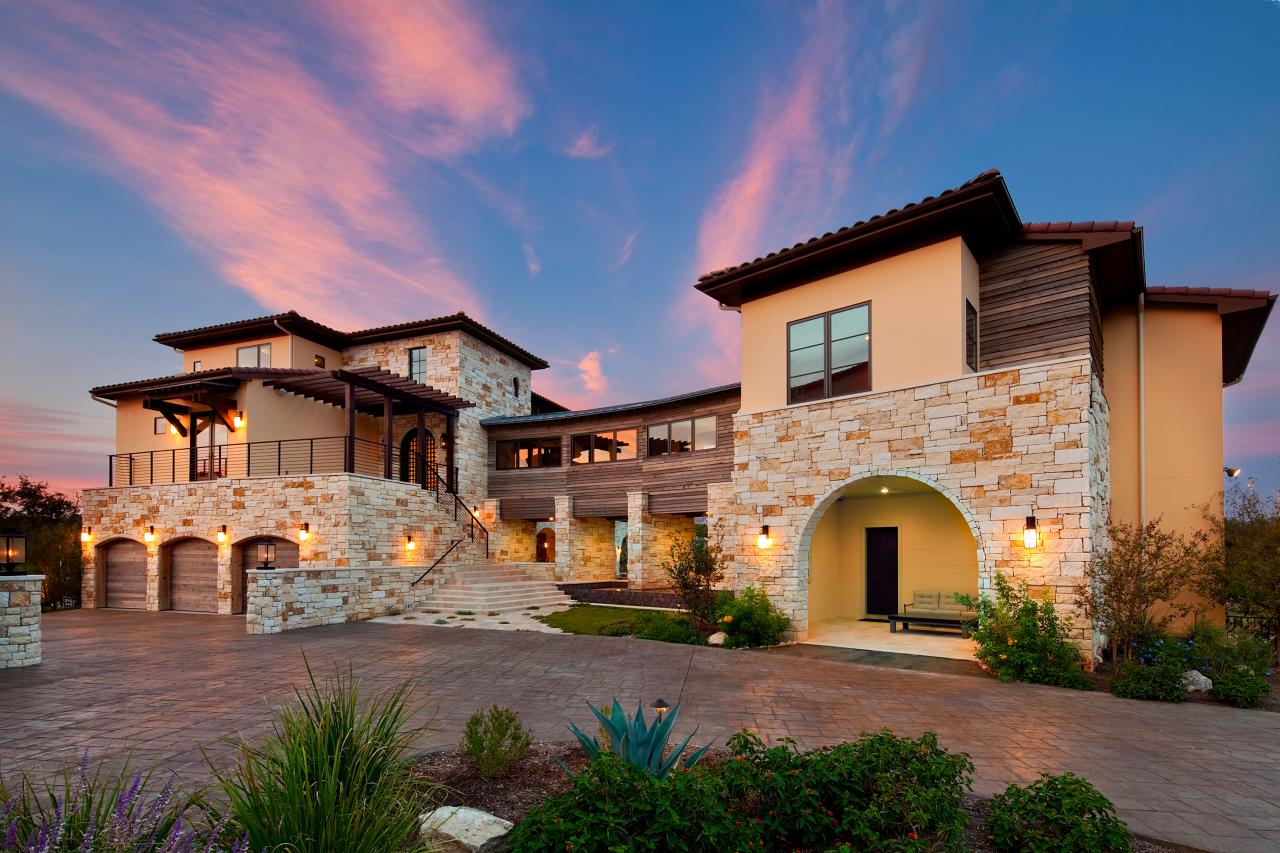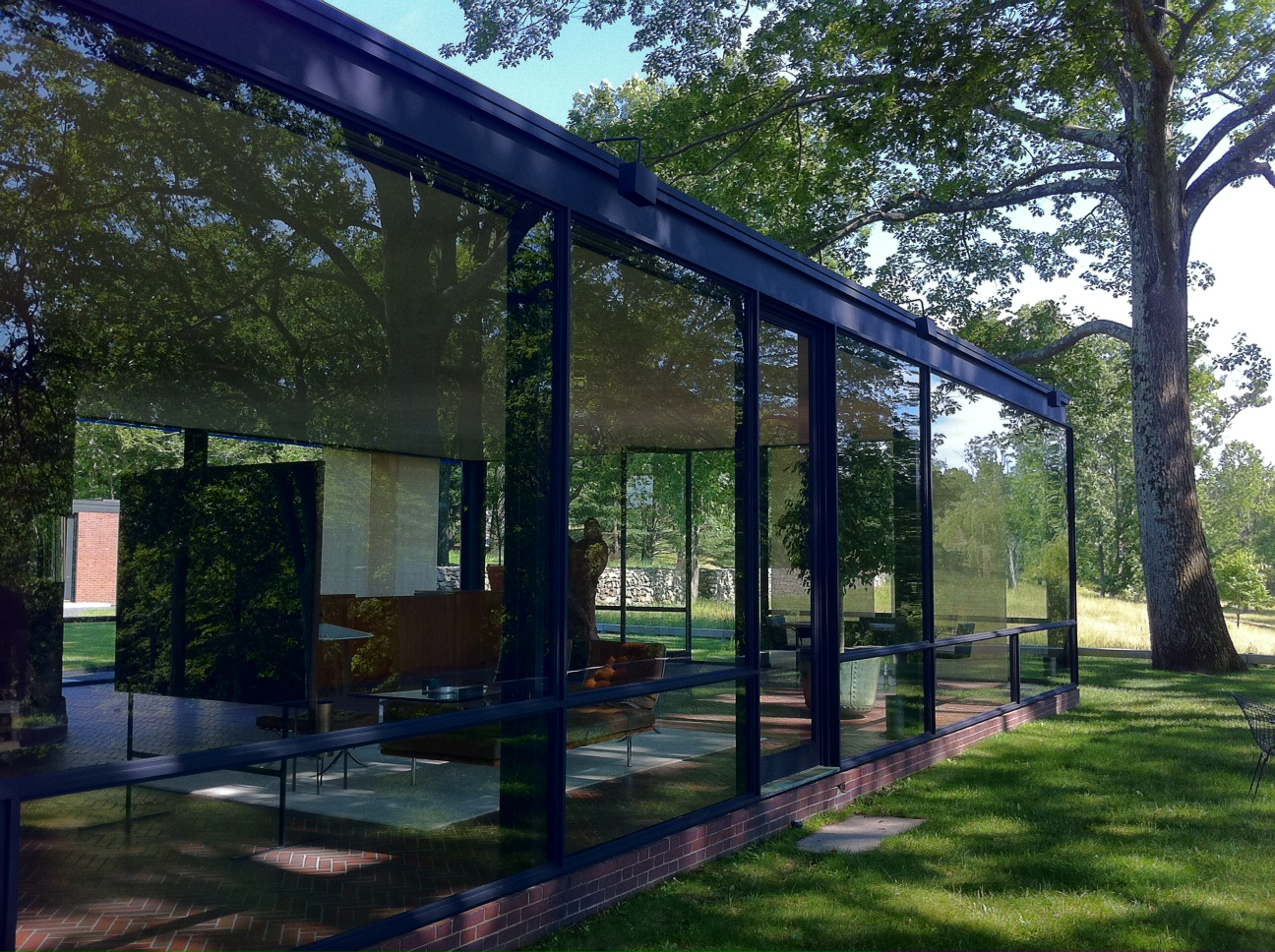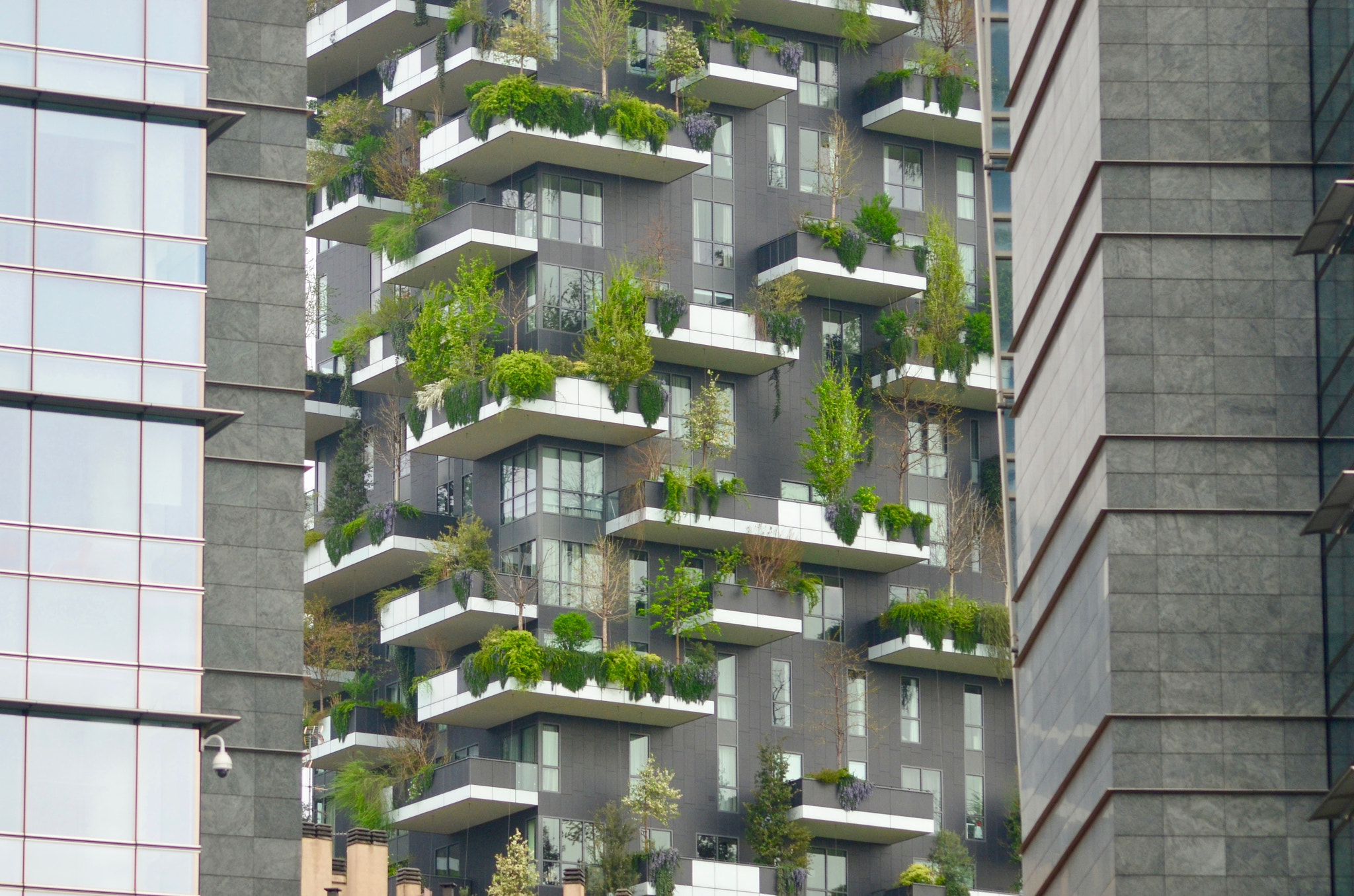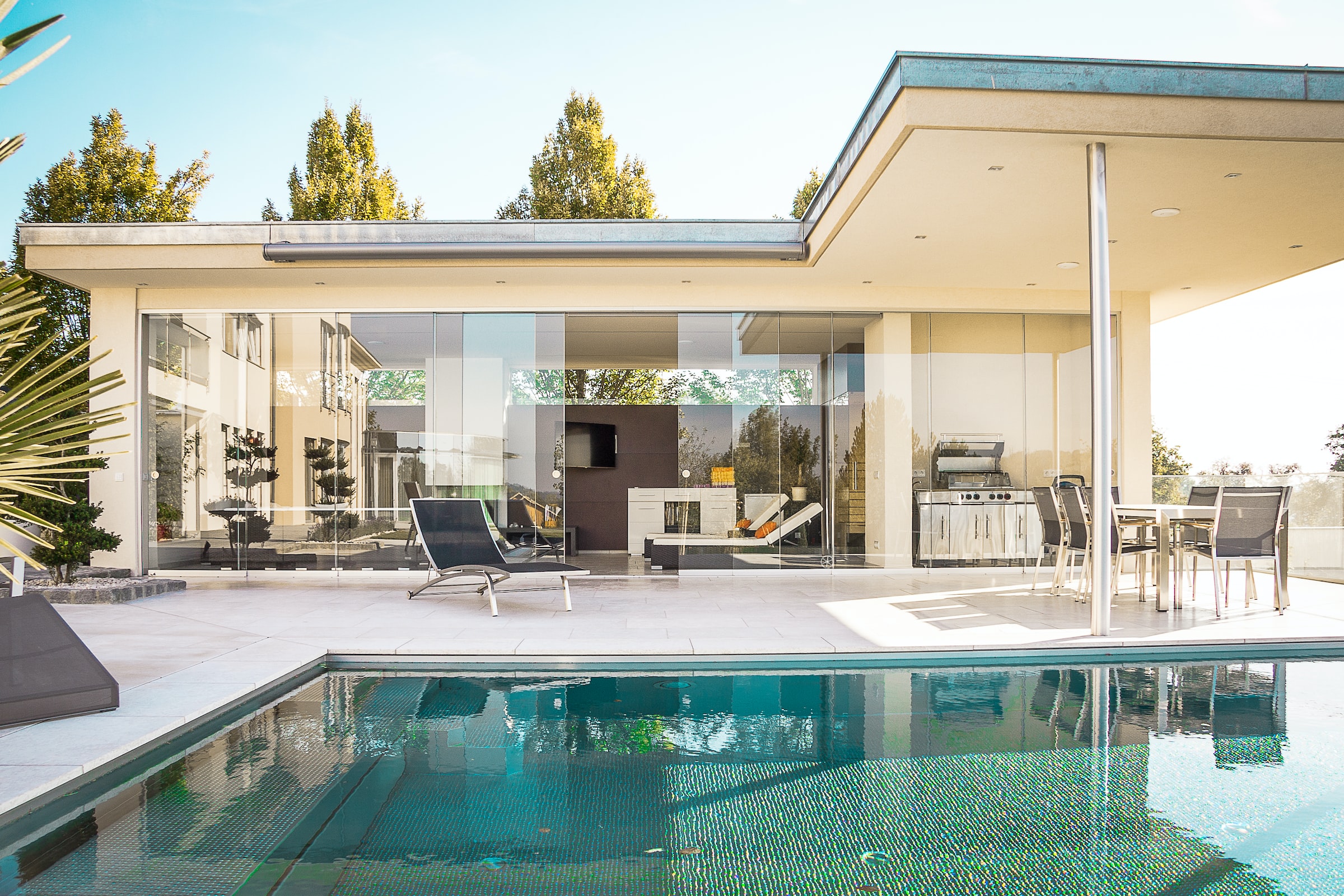What exactly is contemporary architecture? According to the most common definition, contemporary architecture is architecture that is practiced in the present time. You will agree that this is confusing. One might think that any building built today belongs to contemporary architecture. But this is not the case. Contemporary architecture is based on a principle shared by all who practice it.
And that is the desire and the will to conceive and build differently from what was done before and is usually done today. Contemporary architecture proposes breaking with the ways of thinking and doing that has become the norm. Contemporary architecture is, therefore, innovative. So, without further ado, let’s dive into this blog and learn more about modern architecture.
1. What contemporary architecture is not

An architectural trend is a particular architectural choice that precisely reflects that society. Contemporary architecture is not an architectural trend. Architectural trends, such as Baroque, Futurism, or Modernism, are always linked to a specific historical period.
As contemporary architecture is not an architectural trend, it is not subject to this constraint. It is not a chapel. Contemporary architecture can then propose multiple architectural choices as long as they are different from what is usually done. On the other hand, this variety does not exclude certain common traits that can be found in contemporary architecture. This is what we will now examine.
2. The form
Just by looking around, one quickly realizes that the dominant lines of architecture are straight lines. Modern architecture tends to break away from this practice by proposing more use of curves. In some cases, entire buildings are designed with curves. Also, curves and straight lines may be used within the same building.
3. Volumetry

Curves can also be used to create volumes that are not just cubes with straight lines. Therefore, in modern architecture, buildings with rounded shapes can be seen. And when modern architecture uses straight lines with cubes as units of volume, we try to assemble these cubes in unusual ways to create definite volumes.
This distinct volumetry, as well as the curved forms, will also allow a singular arrangement of the interior living spaces. If you don’t mind being different and enjoy living in non-standardized spaces, contemporary architecture is for you.
4. New materials
Another feature of today’s contemporary architecture is the use of new, so-called noble materials, such as glass, wood, brick, and metals, inside and out. Plants have also made their place in contemporary architecture, first on the roofs and more on the walls. And if you have a green thumb, you can also take advantage of this vegetation to practice vertical gardening, for example, by climbing tomato plants along a wall.
5. The window

Larger and more abundant windows are also a characteristic of contemporary architecture. Multiplication of openings, unusual location of these, panoramic windows, window walls, skylights, all are there. One of the consequences of this fenestration, in addition to allowing spectacular views, is to take full advantage of the sunshine, first for natural lighting, and then to take advantage of the passive heat of the sun.
If you are a lover of sunlight or if you appreciate spectacular views, contemporary architecture is for you. But beware! If you are thinking of settling in an urban environment where the neighbors are very close, and you value your privacy, you will have to think intelligently about your windows.
6. The ecological concern
Eco-housing is not just a feature of contemporary architecture. Many conventional buildings today incorporate ecological or at least energy-efficient elements. But in contemporary architecture, these elements are a must. These include photovoltaic cells, geothermal energy, heat pumps, heat exchangers, and heat collectors, all to produce heat in a different way and conserve it.
In residential construction, for example, we will try to integrate the house perfectly with its natural element in order not only not to disrupt it too much but also to make it a clean architectural element that gives a special cachet to the house. If protecting the environment and reducing greenhouse gases are priorities for you, then contemporary architecture will satisfy you because it will allow you to build a residence that will far exceed current environmental standards.
Sound off in the comments section below, and tell us what you want to read next and if you want to read more about contemporary architecture.


Laying A Screed: The Final Step In The Creation Of A Floor | Building construction blog
27 September 2022[…] The installation of a slab is not enough to stabilize a floor. Before a floor covering is installed, a screed must be installed. Although it has the same design as a slab, there are a few differences between them. Find out what makes a screed special in the following article. So, without further ado, let’s dive into this blog and learn everything you need to know about screed. […]
Everything You Need To Know About Building A Custom Home In 2022 | Building construction blog
27 September 2022[…] you will know if you will be able to obtain your credit, you will know the global amount of your budget, and you will be able to make your trade-offs (share of the land in the global budget, for […]